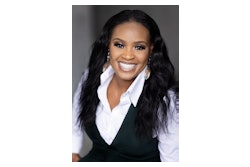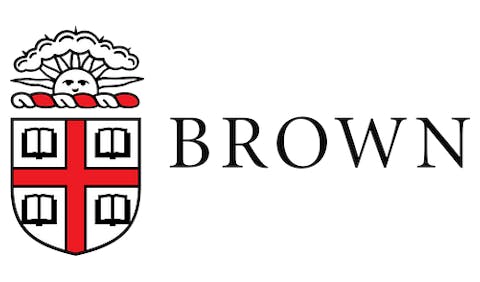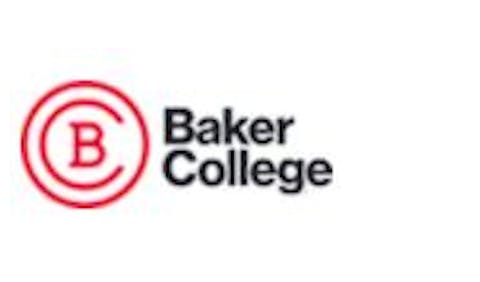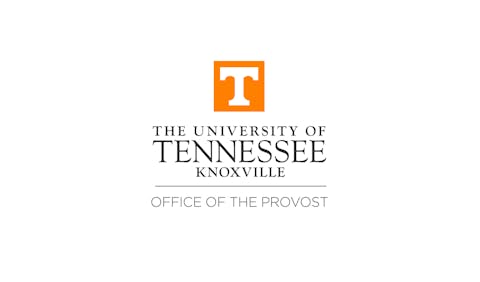
What distinguishes Kizart’s work from other equity-focused publications is her systematic exploration of specific cognitive biases that impact educational decision-making. Rather than addressing bias in general terms, she delves into six distinct types—Dunning-Kruger effect bias, herd mentality bias, anchoring bias, decision fatigue bias, intergroup bias, and scarcity bias—providing readers with a nuanced understanding of how these unconscious mental shortcuts affect educational practices and policies.
For each bias, Kizart presents a clear definition, self-assessment tools, realistic school-based scenarios, reflective questions, and concrete strategies for counteraction. This structured approach makes complex psychological concepts accessible and immediately applicable to educational settings from K-12 through higher education.
The book’s greatest strength lies in its practicality. Kizart—who is director of student success at Tidewater Community College—consistently bridges theory and practice through authentic school-based scenarios that illustrate how biases manifest in educational contexts. These narratives, drawn from her 25+ years of experience as an educator, resonate with authenticity and provide readers with contextual understanding of how bias impacts decision-making.
The “Pause and Ponder” reflection questions encourage deep self-examination, while assessment tools help educators identify their own biases. The reproducible observation and assessment tools included at the end of each chapter offer concrete resources for implementing bias-awareness initiatives within educational institutions.
Though the book addresses educational settings broadly, it holds particular value for higher education professionals. As institutions of higher learning continue to grapple with creating more inclusive environments, Kizart’s framework offers administrators, faculty, and staff practical tools to identify and counteract biases that may undermine diversity and equity initiatives.
For instance, her discussion of intergroup bias—our tendency to favor those with whom we share characteristics—is particularly relevant in higher education settings where faculty hiring committees, tenure decisions, and student evaluations can be influenced by unconscious preferences. Similarly, her examination of decision fatigue bias offers insights into how administrative decisions that impact marginalized students may be compromised when made under conditions of mental depletion.
Kizart writes with both professional expertise and personal conviction. Her own experiences as an African American educator inform the text without overshadowing its universal applications. She approaches the topic with grace, acknowledging that all educators harbor biases while emphasizing that “being biased does not make us bad people... Not learning about our biases and not being proactive about managing or using strategies to minimize the impact of our biases is the problem.”
This balanced approach creates a non-threatening environment for readers to engage with challenging content, making the book accessible to educators at different stages of their equity journey.
Beyond Implicit and Explicit Bias is an essential resource for educational leaders committed to moving beyond superficial diversity initiatives toward creating truly equitable learning environments. By focusing on the specific biases that undermine equity work, Kizart provides a concrete framework for sustainable change.
The book’s combination of psychological insight, practical tools, and compassionate approach makes it a valuable addition to professional development programs in higher education. What sets Kizart’s work apart is her recognition that equity work requires both institutional policy changes and individual transformation—and her book skillfully addresses both dimensions.
For higher education professionals seeking to strengthen diversity, equity, and inclusion initiatives on their campuses, Kizart’s book offers both the theoretical foundation and practical strategies needed to move beyond good intentions toward meaningful impact.


















